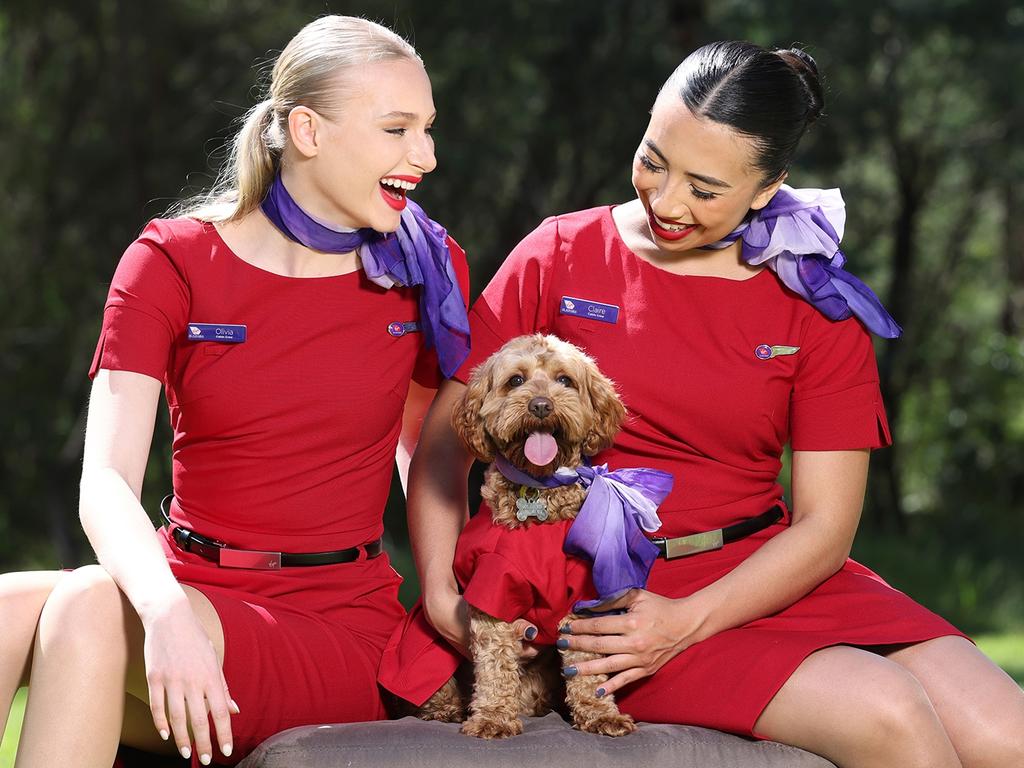Six hidden pet costs that can be countered by good planning
Soaring pet expenses have put a financial focus on our furry family members. Money specialists share ways to reduce the pain.
National
Don't miss out on the headlines from National. Followed categories will be added to My News.
Surging pet ownership during the pandemic was a feel-good trend, but owners have been yanked back into an expensive reality in the past two years by soaring living costs.
Pet care costs have climbed fast and there are hidden expenses that are often forgotten by household budgets.
Australian Bureau of Statistics figures show pets and related costs have climbed 22 per cent in just two years, while veterinary costs rose 14.5 per cent.
Insurance company PetSure says people can prepare for hidden costs, which include health related spending, training, boarding and even a pet rental “tax” in some areas.
PetSure chief insurance officer Joni Hudson says pets age 5.6 times faster than humans, and many owners do not realise that procedures for treating pets are similar to humans.
“While humans have Medicare, public hospitals, PBS, and bulk billing which covers 70 per cent of medical costs, pet parents are responsible for 100 per cent of their pets’ medical expenses,” she says.
“As a result, it is helpful for pet parents to have appropriate expectations of the potential costs.”
Sort My Money founder David Rankin says when it comes to spending on pets, especially in a health crisis, emotions dominate.
“People are prepared to pay what it takes,” he says.
“A pet becomes part of your family and these are questions of the heart. Finance is seen as a logical thing, but it’s not logical when it comes to pets, and it can throw peoples’ finances out of whack.
“People didn’t know during the pandemic that the next crisis was going to be a cost-of-living crisis.
“When people buy pets there are costs that they don’t factor in.”
Here are some of those hidden costs.
1. PROBLEM PREVENTION
Rankin says while the cost of veterinary care is often considered, other health related expenses such as flea, worm and tick treatments are not.
Don’t be afraid to spend on health before problems arise, such as healthy dog chews., he says.
“Dental health is not something to save on – it’s a false economy in the long run.”
Shop around online and save. Pet products, especially food, are often non-perishable so people can stock up on discounts.
“I’m a pet owner – we have two dogs – and we have found that shopping online is a great way to shop around.”
2. MICROCHIPPING, VACCINATION AND DESEXING
PetSure says some jurisdictions offer discounted registration fees, and this is one way pet owners could keep costs down.
It says microchipping, vaccination and desexing can cost up to $1000 in the first year. For pet owners who adopt, the fee is generally included in the adoption fee.
Registration is another cost often forgotten, and Moneysmart.gov.au says council registration fees range between $30 and $190.
3. TRAINING
Hudson says health problems are always a worry and the emergency vet visits that can occur, but behavioural training can be an unexpected cost.
“The journey of pet parenthood is filled with surprises,” she says.
Puppy school and behavioural training costs vary between states and providers, but can range from $140 to $275.
4. PETS’ RENTAL “TAX”
Studies have found rental prices in pet-friendly properties can be more than 10 per cent higher, and landlords may also request end-of-lease carpet cleaning.
Hudson says different states have different laws that change regularly.
“The Companion Animal network provides resources to assist both landlords and tenants,” she says.

5. BOARDING OR PET SITTING
Like to travel? When leaving furry friends behind, the costs of boarding kennels and catteries can range from $25 to $50 per day, MoneySmart says.
Costs multiply for people with more than one pet, PetSure says. An alternative could be to find a sitter through a pet care marketplace.
6. EMERGENCY HEALTH
Emergencies cause both emotional and financial shocks, and owners can partly prepare using pet insurance policies, savings plans that put money aside or checking if their home and contents policy offers pet care cover for accidental injury.
“We know that one in seven pets will have a lifetime pet health cost of more than $50,000,” Hudson says.
She says people can prepare for unexpected costs by assessing all potential expenses before buying, researching different breeds and understanding their common health conditions, and budgeting for all ongoing expenses including wellness costs.
More Coverage
Originally published as Six hidden pet costs that can be countered by good planning





